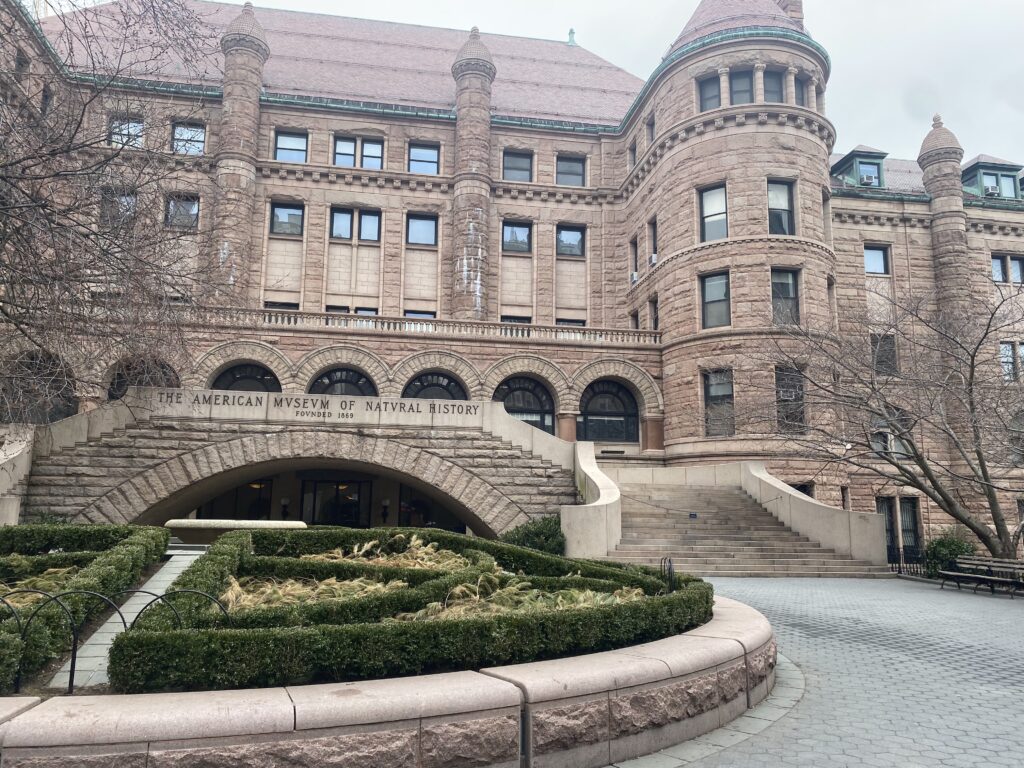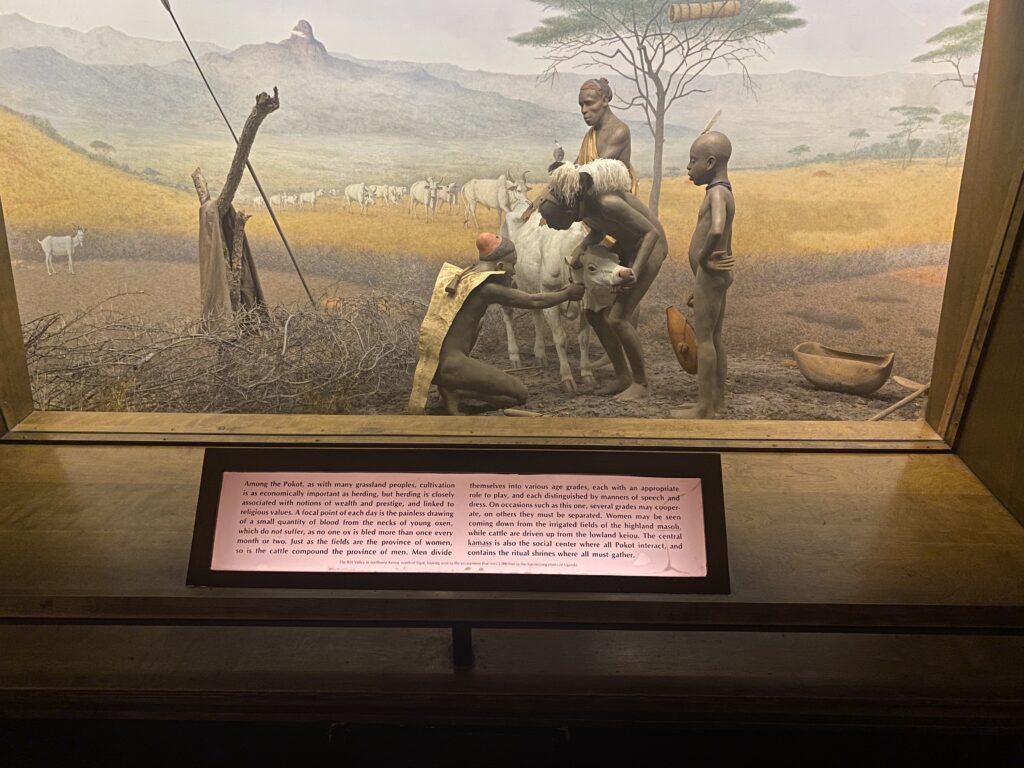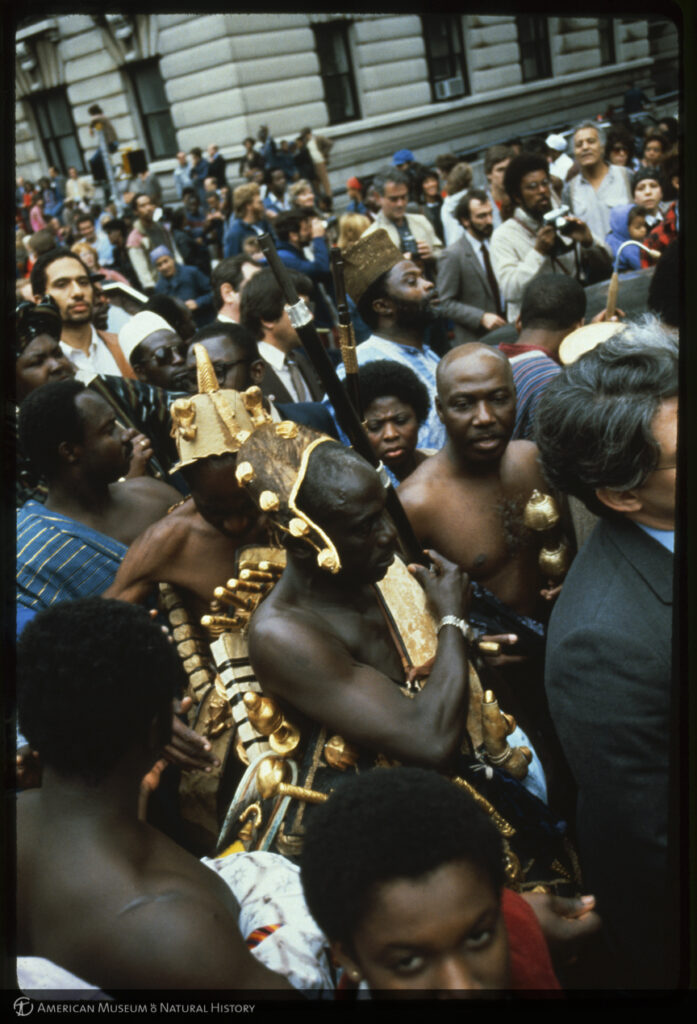There are several ways artifacts end up at a museum. The common way a museum acquired objects is through donation. As discussed in the paper, these are donations made to the museum by an art collector, a wealthy individual who acquires art, institution, and sometimes from other museums or art institutions. In the Ashanti artifacts at the AMNH, we see donations from William Demuth (a wealthy businessman), Alice K. Bache (an art dealer), and other individuals such as an academic (Anne Anastasi Foley), among others. Due to recent issues surrounding museum collection and the discussion regarding repatriation. Museums have a strict process an object goes through before an artifact can be accepted in the museum collection. Every museum has there set of guidelines for accepting objects into its collection.


The creation of the American Museums was similar to that of the great institution built in the past, with the help of some rich patrons and public funds. Louis Agassiz, a Swiss-American naturalist, believed that in other to study zoology and Botany effectively in the United States, Natural Museums such as those in Europe are needed. Agassiz will go on to open the Museum of Comparative Zoology in Harvard (MCZ) in 1859. Following a similar strategy from Agassiz, Albert S. Bickmore, a student of Agassiz together in collaboration with Andrew H. Green, William Marcy and, Joseph H. Choate help create the then American Museum in 1869 (Freed 2012).
American Museum of Natural History has 39,328 artifacts, and the museum has been collecting African Artifacts from the year it was founded (AMNH Library). The Hall of African Peoples may not be one of the exhibitions that draw the most visitors to the museum. Still, it is one of the most important, especially in the context of repatriation or museum collection habits.



Fig. 10. Hall of African Peoples collection. Photo by Abdul-Alim 
Fig. 11. World views of Africa. Photo by Abdul-Alim 
Fig. 12. Hall of African Peoples collection. Photo by Abdul-Alim 
Fig. 13. Hall of African Peoples collection. Photo by Abdul-Alim 
Fig. 14. Hall of African Peoples collection. Photo by Abdul-Alim 
Fig. 15. Hall of African Peoples collection. Photo by Abdul-Alim 
Fig. 16. Hall of African Peoples collection. Photo by Abdul-Alim 
Fig. 17. Hall of African Peoples collection. Photo by Abdul-Alim
Originally titled Collection from Africa, the hall changed to Hall of African Ethnology in 1939 but later change to Man in Africa. Finally, it was named the hall of African Peoples, in what Freed called a “nod to political correctness. However, changing the title of a hall to properly represent the African continent with a fraught relationship with museums in Europe and North America is more than just symbolism but rather an important way of redressing the past. Unfortunately, while there have been some small changes to the hall, it largely remains the same (Schildkrout and Lacey, 2017). Today, a visitor to the wall will is immediately welcomed on his left with the collection from the Congo. These congo collections which was donated to the museum by King Leopold II, a man whose atrocities continue to be an issue today. Considering the atrocities committed by Leopold II, surely a visitor to the museum must be educated on how and from whom these collections came.
Ashanti Collection
In total, there are over 1000 Ashanti artifacts currently in the museum’s database. These artifacts range from figurines, cloth, gold weights, among many. According to the museum, all the Ashanti Artifacts were obtained as gifts from various individual collectors, academics, and corporations.
The American Museum of Natural has a very good relationship with the Ashanti kingdom. On October 16, 1984, the American Museum of Natural history, in collaboration with the British Museum, opened an exhibition titled Asante: Kingdom of Gold, which featured about 800 artifacts (AMNH Library). In attendance were dignitaries from the Asante Kingdom, including the late Asantehene, Otumfuo Opoku Ware II, and the New York mayor Ed Koch.

Fig. 18. Group standing in front of American Museum of Natural History, opening of Asante Kingdom of Gold exhibit, Central Park entrance, 1984. AMNH Library 
Fig. 19. State Council of Asantehene and Major Chiefs exhibit, Asante: Kingdom of Gold American Museum of Natural History 1984. AMNH Library 
Fig. 20. Ashanti courtiers and people at the opening of Asante, Kingdom of Gold exhibit, American Museum of Natural History, 1984. AMNH Library
Below is short video of the Hall of African Peoples at the AMNH

